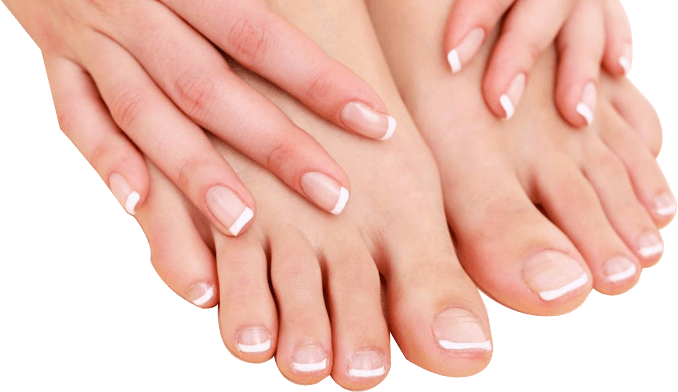Have you been suffering from a bump on the outer edge of your big toe? Do you think your big toe is moving and pointing in towards your second toe? Experienced foot doctors consider this physical deformity at the base of your big toe as a bunion.
Bunions are structural problems where the joint of your big toe becomes subluxed and drifts towards the smaller toes. It is an enlargement of tissue or bone around the big toe joint. Women seeking medical advice about bunions is more than ten times higher than men and it is thought this is down to footwear choices such as high heels.
Though bunions may start of as a minor issue at first, over time, they can develop into a severe foot deformity. Seeking the assistance of a certified foot doctor is a great way to cure this painful foot condition, despite its severity. While some patients begin their treatment with the smallest bunion, we see lots of clients who have waited until problem has become severe.
Here’s all you need to know about Bunions.
What Causes Bunions?
It is believed that a distortion of the bone is caused by various genetic factors which can lead to the development of bunions.
Other factors which can lead to bunion include-
- Previous foot injury
- Loose ligaments
- Arthritis
- Abnormal development of your foot
Symptoms You Need Bunion Treatment
Bunions may or may not cause any symptoms. Symptoms include-
- Joint stiffness or pain
- Joint redness
- Enlargement or swelling at the base of the big toe
- Displacement of the big toe
- Bony bump which feels tender to touch
- Skin irritation over the enlarged area
When To Call A Foot Doctor?
Consider calling in an experienced foot doctor if-
- Your big toe is beginning to overlap your second toe
- You suffer from severe big toe pain
- Foot pain interferes with your daily or walking activities
- Pain in the big toe does not get better after 2-3 weeks rest
Treatment For Bunions
There are treatments you can buy ver the counter to help treat a bunion at home, however, it is always wise to consult a skilled foot specialist for advanced bunion treatment. At first, your doctor will check why you have got bunions. This cause will affect the treatment you need. Your doctor may recommend a prescription or over-the-counter pain reliever and medicines to relieve pain and swelling.
Some other treatment options for bunions include custom-made orthotics, arch supports and custom-made footwear. Each of these may change the way muscles, bones and ligaments of the foot work together. Though these will not cure the bunion, they will definitely help in relieving some structural problems.
Can A Bunion Be Prevented?
Bunions, when identified early can be slowed or stopped during their development. Delaying the progression of bunions and preventing the symptoms rely on wearing proper footwear. In case you have bunions, you may relieve foot pain and prevent the progression of your condition by wearing proper shoes which are customised to fit your feet and accommodate your condition.
So what’s still holding you back? Visit a renowned podiatric clinic and fix your appointment with a leading podiatrist!






